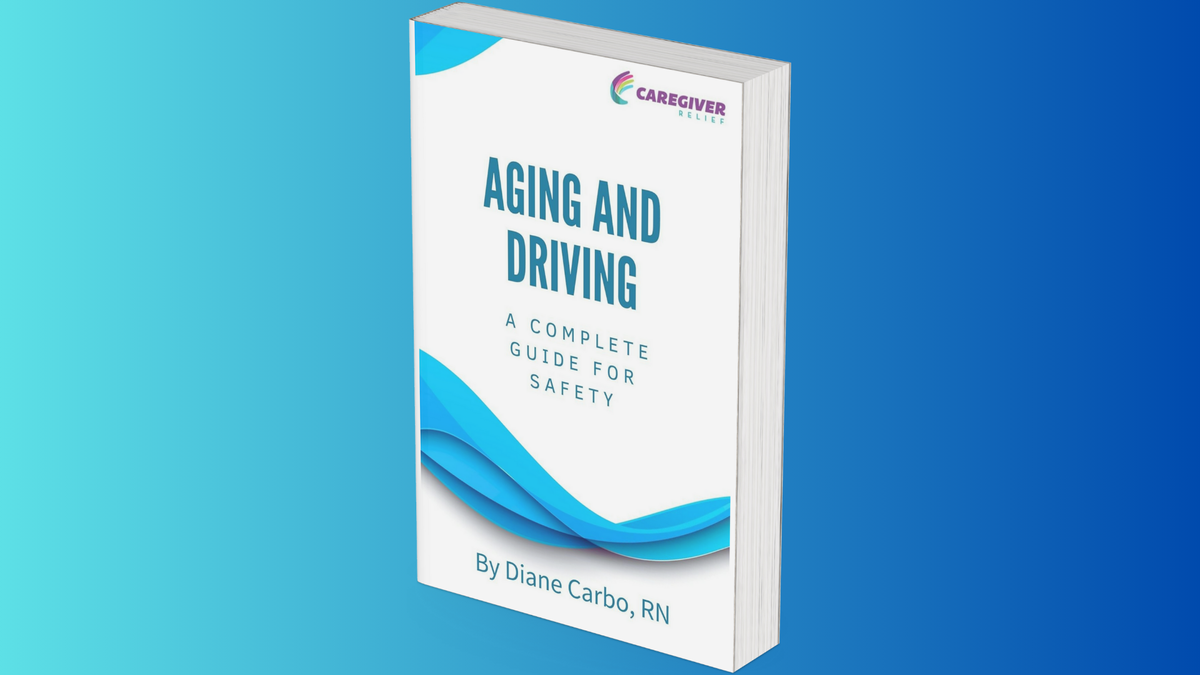Aging and Driving: A Complete Guide for Safety


In an increasingly aging world, the intersection of aging and driving has become a vital concern. Driving symbolizes independence, mobility, and social engagement for many older adults. However, the natural aging process brings about physical, cognitive, and sensory changes that can impact driving abilities and safety. "Aging and Driving: A Comprehensive Guide for Safety" delves into this critical issue, offering invaluable insights, safety considerations, and strategies to ensure safe mobility for older individuals.
Physical Changes and Driving:
Aging brings physical changes, including reduced muscle strength, joint flexibility, and coordination. These changes can affect a driver's ability to handle the vehicle effectively. Stiff joints and discomfort can lead to delayed reactions and difficulty with quick maneuvers. Conditions like arthritis and vision issues further complicate safe driving.
Cognitive Changes and Driving:
Cognitive abilities play a vital role in safe driving, but certain functions may decline with age. Memory, attention, decision-making, and spatial awareness can be affected. Older drivers might struggle with processing information rapidly, responding to unexpected situations, and accurately assessing speed and distance, potentially leading to judgment errors and distractions.
Visual and Sensory Changes:
Visual changes, such as presbyopia and reduced night vision, are common among older adults and impact road safety. Glare sensitivity, diminished peripheral vision, and depth perception can make driving more challenging, affecting tasks like lane changes and merging onto highways.
Impaired Hearing:
Hearing impairment can compromise driving safety by delaying the recognition of auditory warnings, sirens, and approaching vehicles.
Safety Concerns and Strategies:
This book addresses these safety concerns and offers practical strategies:
- Regular Health Assessments: Timely evaluations of vision, hearing, cognitive function, and overall health are crucial.
- Medication Management: Understanding medication side effects on driving is essential.
- Driver Education and Training: Specialized programs for older adults enhance awareness and provide coping strategies.
- Adaptive Vehicles and Technologies: Adaptive technologies help compensate for physical and sensory changes.
- Self-Assessment: Encouraging regular self-assessment of driving abilities.
- Alternative Transportation Options: Exploring reliable alternatives when driving becomes challenging.
- Family and Caregiver Involvement: Open communication and collaboration in assessing driving abilities.
- Gradual Transition: Transitioning away from driving when necessary, while maintaining mobility.
"Aging and Driving: A Comprehensive Guide for Safety" emphasizes the importance of recognizing and addressing age-related changes in driving. By promoting awareness, understanding, and proactive action, we can ensure the safety of older drivers and the broader community. This book is your compass for navigating the evolving landscape of aging and driving, prioritizing safety, independence, and well-being.




